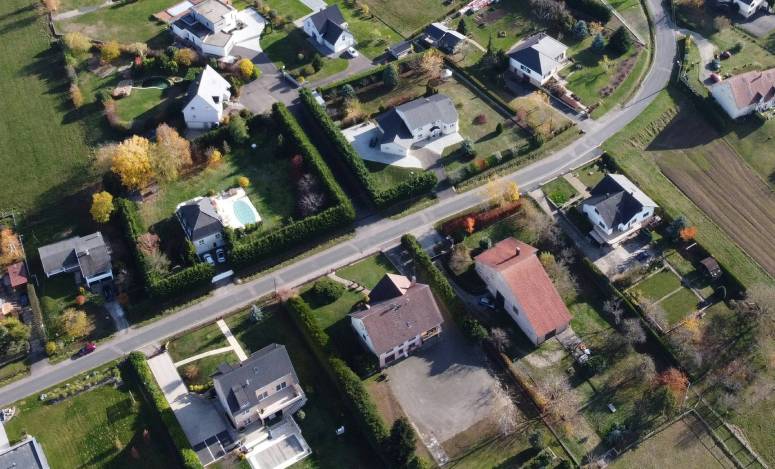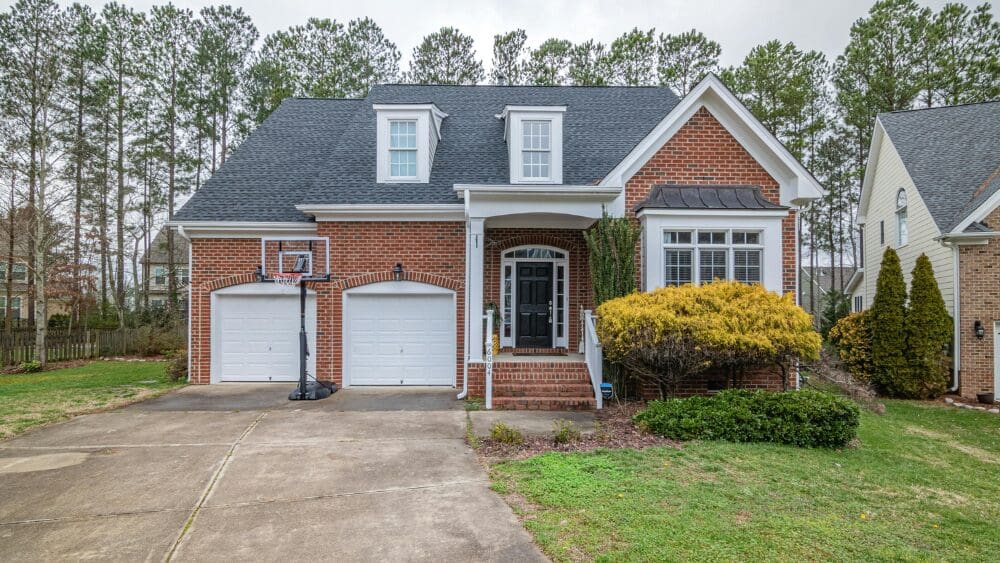
Navigating the real estate market in Hawaii can often feel like a high-stakes balancing act, especially when you’re trying to sell your old home while buying a new one. This challenge becomes even more daunting in a market where inventory is scarce, and prices are soaring. For many homeowners, it might seem like the only path forward is to sell, temporarily move out, and endure the inconvenience of living elsewhere while hunting for that perfect new home. But what if there was a smoother way to transition? Enter the bridge loan, a potential game-changer for your real estate strategy. A bridge loan is a short-term financing solution designed to bridge the gap, allowing you to purchase your new Hawaiian dream home before you’ve sold your current one. This could be the key to making your property puzzle pieces fit seamlessly together. In real estate, a bridge loan can be a financial life raft that helps you navigate the waters between selling your current home and purchasing a new one. Think of it as a short-term loan that taps into your existing home’s equity, providing the necessary funds to make a down payment and handle closing costs on your new property. This type of loan is beneficial if you’ve found your dream home in Hawaii but haven’t yet sold your current residence. While bridge loans are generally more expensive than traditional mortgages, they offer a swift and convenient solution, allowing you to purchase your new home without waiting for your old home to sell. It’s worth noting that bridge loans go by various names, including bridge financing, bridging loans, interim financing, gap financing, and swing loans. Each term refers to the same financial tool designed to help you smoothly transition between homes. Imagine you’ve found the perfect new home in Hawaii, but your current home hasn’t sold yet. This is where a bridge loan comes into play. It allows you to use the equity from your existing home to cover the down payment and closing costs for your new Hawaiian abode. The lender handling your mortgage for the new home will often manage your bridge loan. They usually require that your current home is actively listed for sale and will typically offer the bridge loan for a period ranging from six months to a year. In assessing your application, the lender will consider your debt-to-income ratio (DTI). This calculation will include the mortgage payments on your existing home, the payments for the new home, and any interest-only payments on the bridge loan. However, if your current home is already under contract with a buyer who has secured loan approval, the lender might only consider the mortgage payment of your new home in the DTI calculation. This consideration is crucial for lenders, as they need to be confident in your ability to manage payments on both properties should your current home take longer to sell than anticipated. In Hawaii, where the real estate market can be as dynamic as its landscapes, a bridge loan offers several advantages that make your home-buying experience smoother and more flexible. These benefits collectively make a bridge loan an appealing option for Hawaii buyers who need financial flexibility before they can sell their existing home, ultimately allowing them to settle the bridge loan with the proceeds from their sale. While a bridge loan can be a strategic tool in your home-buying arsenal, especially in a market like Hawaii, it’s important to be aware of its potential drawbacks. These can impact your financial planning and decision-making process. Understanding these challenges is crucial in determining whether a bridge loan is the right choice for your situation in Hawaii. A bridge loan isn’t always the go-to solution for every home sale or purchase. Still, specific scenarios can significantly ease the transition from your old home to your new one, especially in a unique market like Hawaii. Consider a bridge loan under these circumstances:What is a bridge loan, in simple words?
How does a bridge loan work in Hawaii?
What are the benefits of a bridge loan in Hawaii?
What are the drawbacks of a bridge loan?
When is a bridge loan a good solution?



